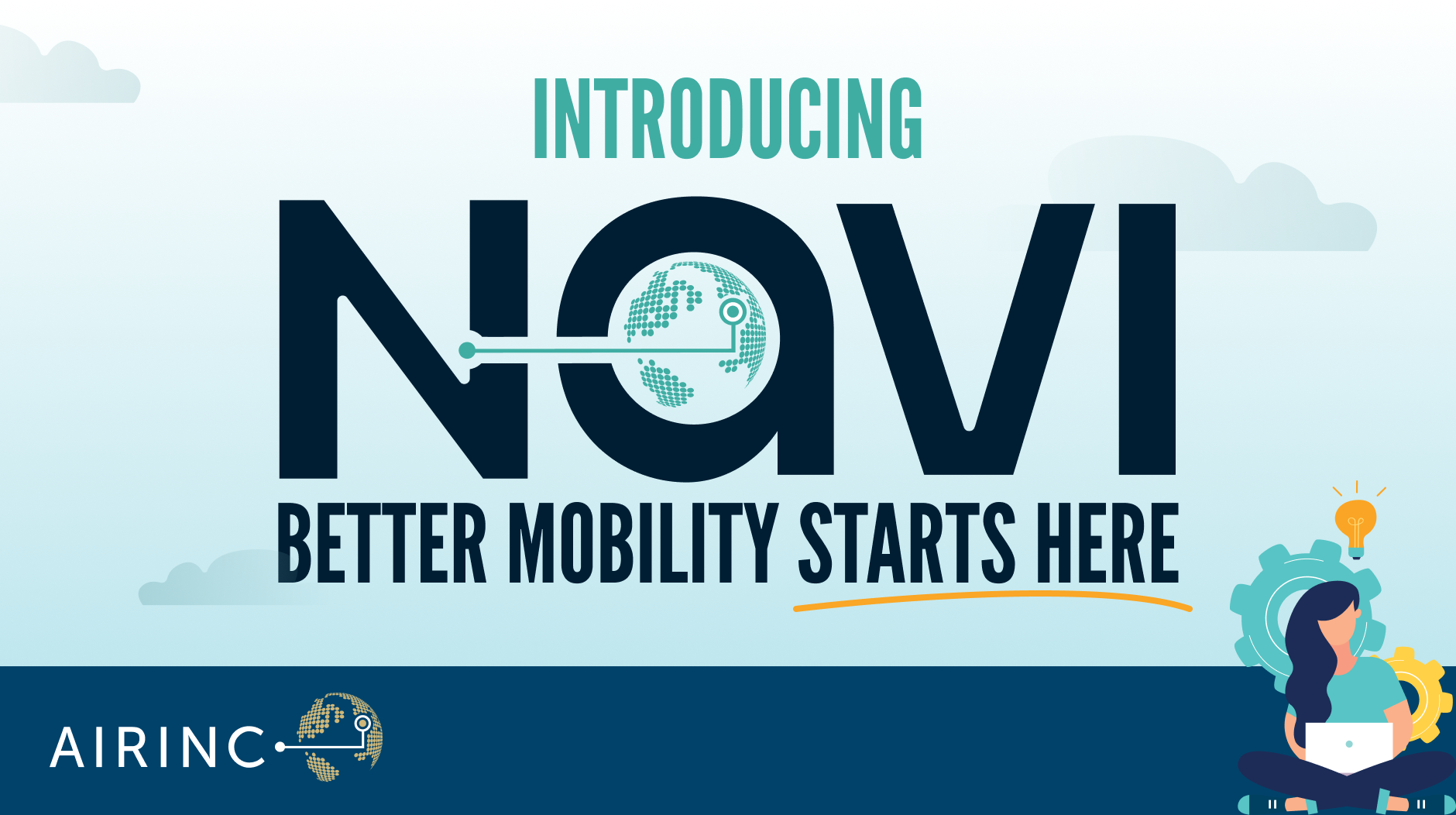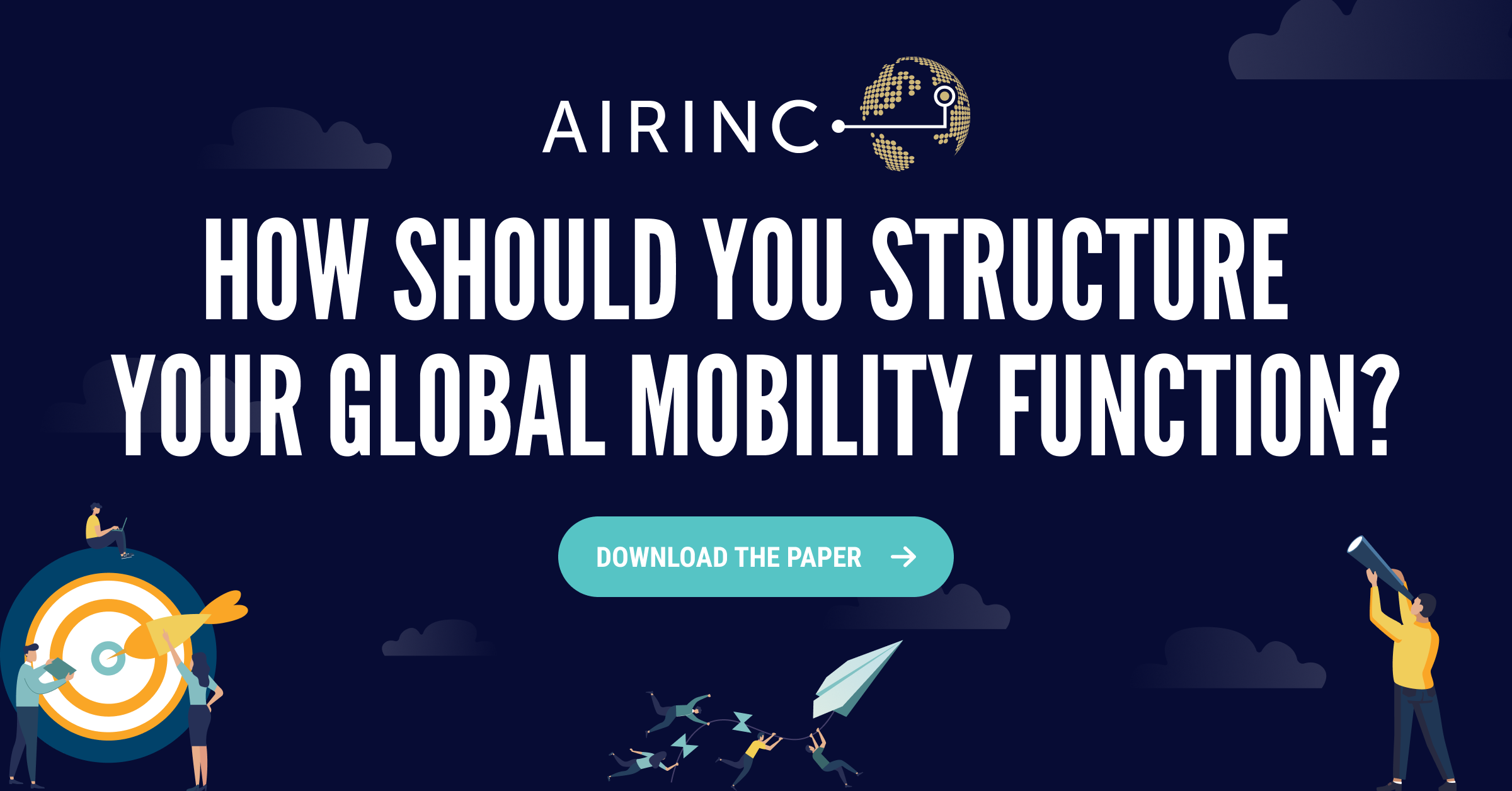AIRINC is a global mobility consultancy, technology, and data company. But, sometimes, owing to our close partnerships with clients, we do work in mobility-adjacent areas like compensation, or broader HR initiatives. Recently, a tech client of ours mentioned they were about to kick off an HR transformation. To prepare and help set expectations for the mobility team, they asked if we would interview several of our clients about their experiences and outcomes. We learned a great deal from the exercise and thought we’d share some key takeaways which impact mobility.
Center of Excellence
Moving transactional tasks, like expense reimbursement, to shared service centers is a common outcome of HR transformations. The consultative elements of mobility that remain are then often concentrated into a Center of Excellence (COE) – a knowledge center that advises the business, owns mobility policy, and sometimes coordinates with Talent to ensure the program meets the organization’s workforce objectives.
This 2-part orientation breaks up mobility’s skill set into operational and consultative and often jobs move or change. Interviewees stated that specializing this way benefits the business and creates efficiencies. However, the main challenge of this approach is that there is sometimes questionable overlap of authority which can cause confusion, delays, and even some resentment if roles are not clearly defined.
For example, when operations and policy are owned by different function leaders, the escalation process for exceptions must be clearly documented to ensure consistency. That entails defining exception types (an exception to a process vs policy) and the chain of approvers.
Coordinating Employee Experience
Another consideration is that the two mobility groups must closely coordinate on employee experience. In a COE model, the operations/shared service team may own key vendor relationships (relocation, tax, immigration, etc.). Meanwhile, the business is likely to bring challenges to the policy/COE team because that relationship is reinforced by the HR model. Often, the business’s concerns about the employee experience are operational e.g., immigration lead times, shipment delays, etc.
It is important that the operations and policy teams connect regularly to exchange information and maintain a unified front. And while it’s typically the policy/COE team’s responsibility to set expectations and communicate with stakeholders, the operation/shared service team should participate in developing the communication strategy to ensure truth in advertising.
Basically, the strength of the alliance between the operational/shared service and policy/COE functions greatly impacts the success of the organization’s mobility program. Splitting the mobility function creates a new relationship dynamic that doesn’t exist in a centralized model and the benefits and drawbacks of that are worth considering.






%20(20).png)

